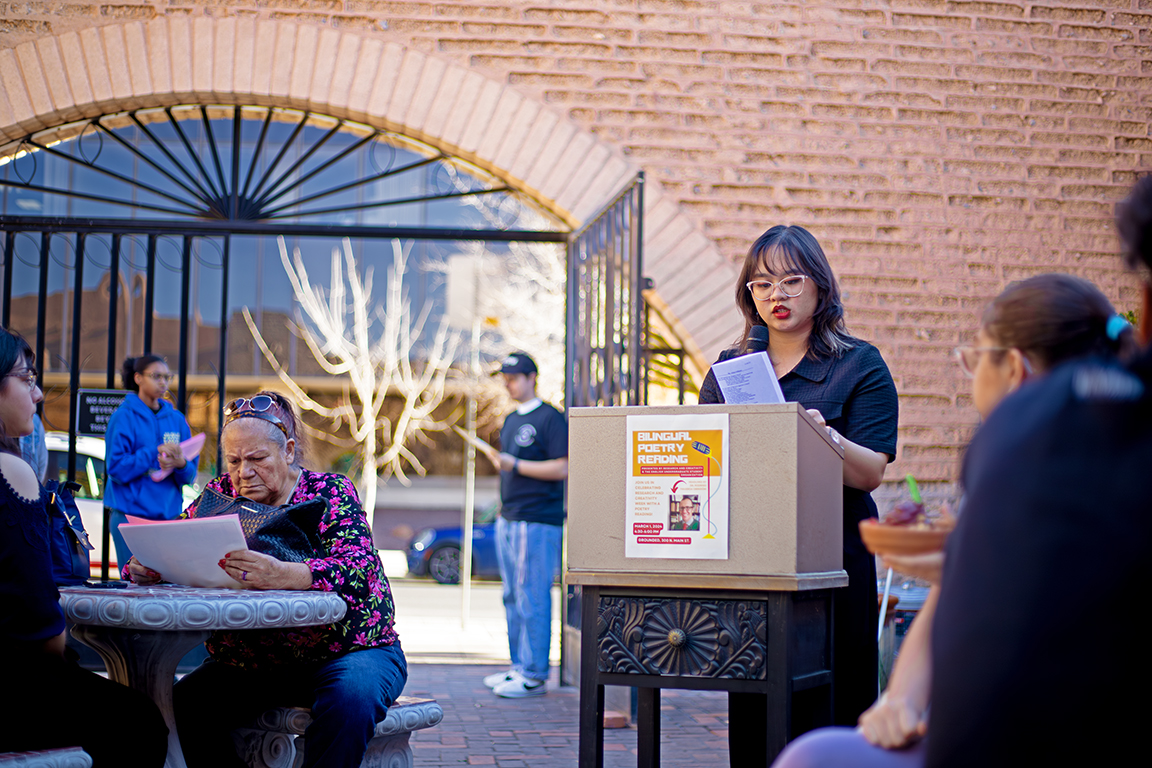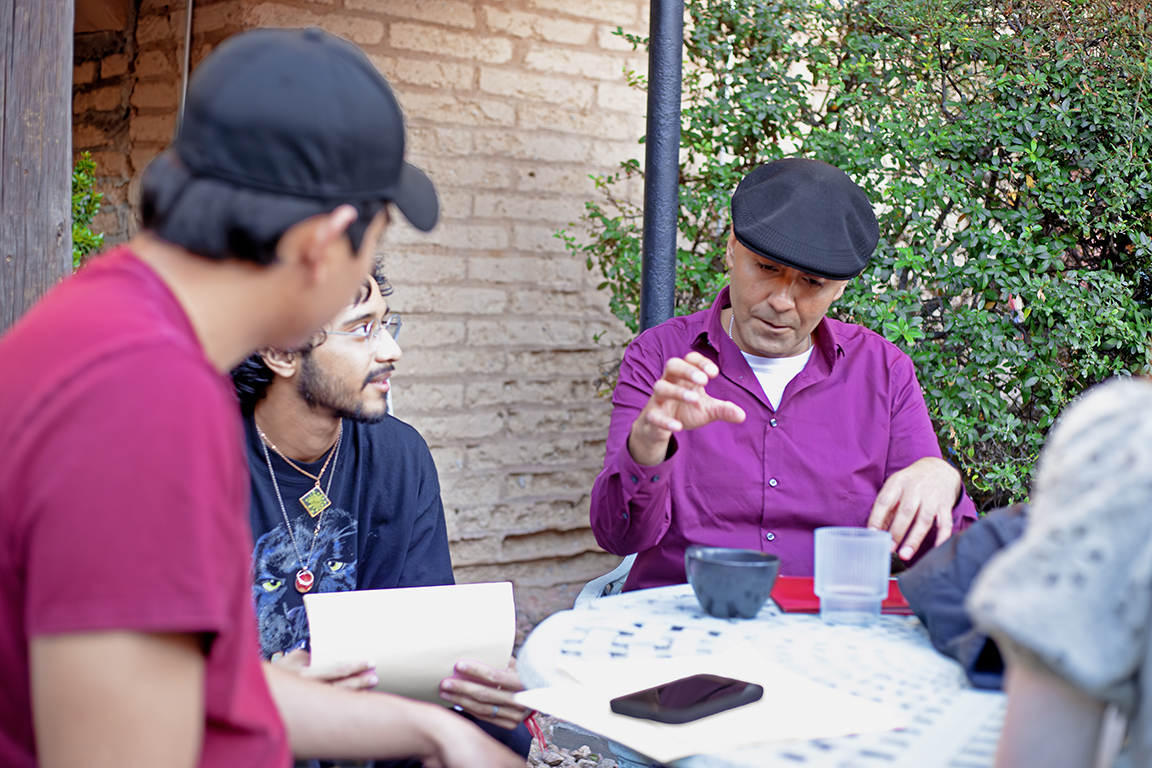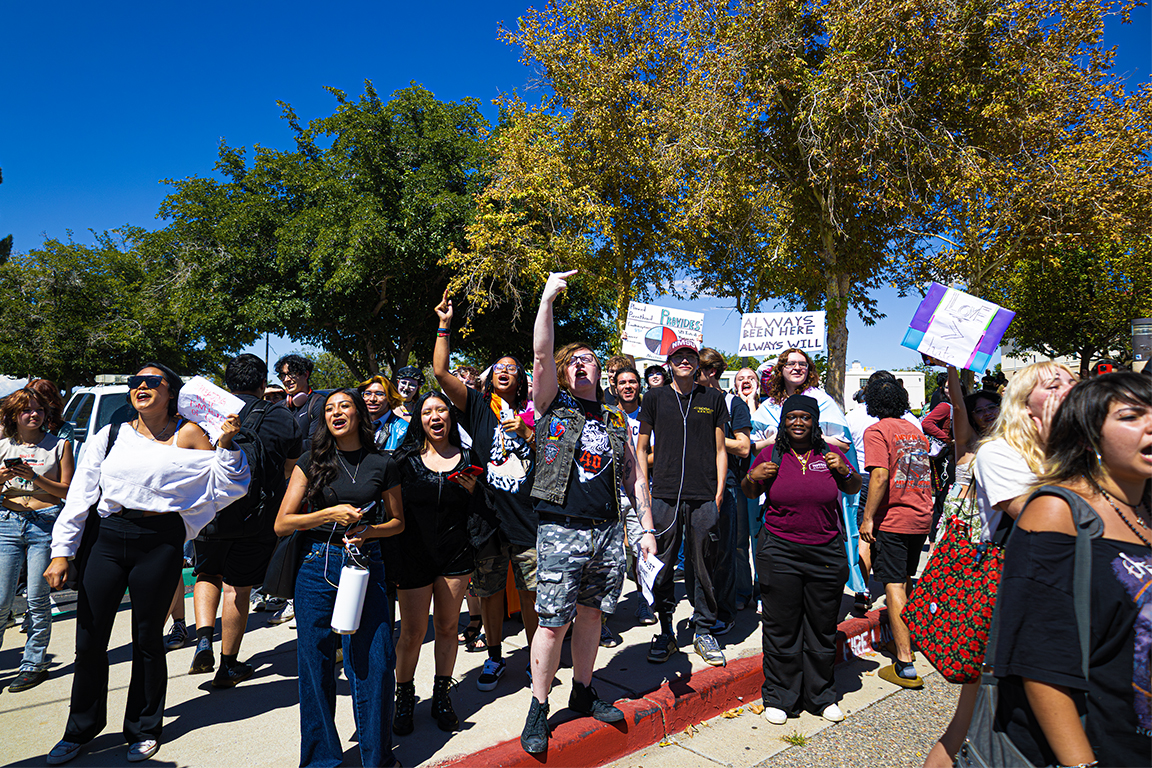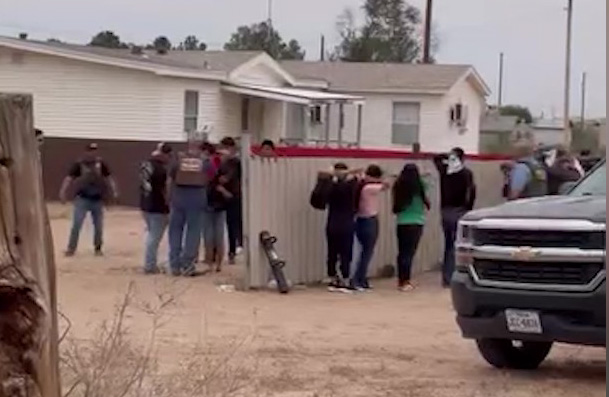Students and faculty members read poems in English and Spanish at a Bilingual Poetry Reading hosted at Grounded on March 1. The event was a celebration of the linguistic and creative work happening at New Mexico State University.
Thirteen undergraduate students read poems, which were translated by Paola Rodriguez, Ana Mora Trejos, and Dairen Zamora Carvajal. Rodrigo Figueroa Obregón, a published poet, playwright and associate professor of Spanish also read some of his poems in both English and Spanish.
“I’m delighted that tonight we’ll be celebrating poetry and language and translation, poetry that I think speaks across borders and moves between people, places, and languages,” English professor Tracey-Miller Tomlinson said.
Falling on the last day of Research and Creativity Week at NMSU, the event’s intention was to showcase student creativity.
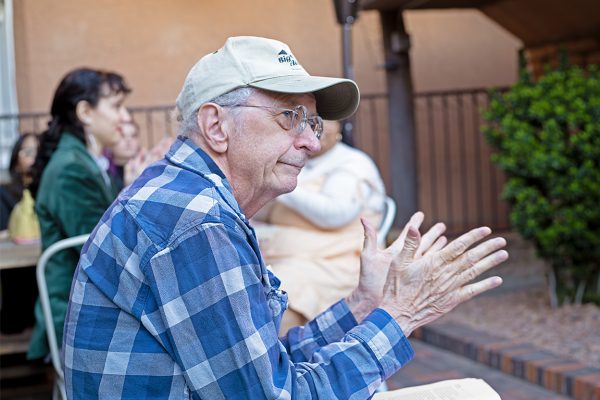
“Basically, we wanted to highlight the creative side of our students — both the poets and the translators — since it’s Research and Creativity Week, so that’s what we wanted to find. And also highlight what people like me, like professors, are also doing in creating writing,” Figueroa Obregón said.
The students handled tough topics in their poetry, and many of them were personal. “La Casa de Cambio” by Christopher Acosta, discussed the fire at the National Institute of Migration in Juárez, Mexico. “The Thought of You” by Israel Cavazos, was dedicated to his dad and sister who died a few years ago.
“I liked the poem that was called ‘The Thought of You’ because it talks about missing a person a lot and I thought that was very nice,” student Carlos Velasco Aviles said.
Likewise, mental health was a common theme in many of the poems. “Yellow” by Tori Sanchez encouraged listeners to accept their negative emotions. “BLANK is Like” by Rose Baijense described what it’s like to live with undiagnosed depression.
“I wasn’t diagnosed with depression until I was like in 9th grade, so for a while I didn’t have a word to describe what I was going through. And so [‘BLANK is Like’] kind of just shows not having the vocabulary and language to express that,” Baijense explained.
Another prevalent subject present in the works of poetry was race and what it means to be someone living in America. In the
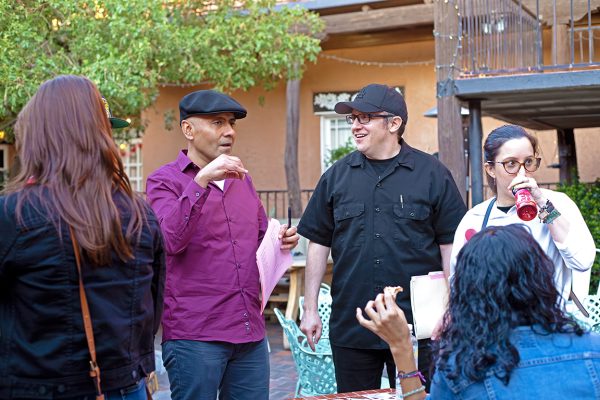
poem, “Este Mestizo”, Julianna Hernandez asks, “I am an American But what is an American?” Ariya Nilkaew’s poem “The Definition of American Yellow” is about her experience as an Asian American.
“Just think of a gardener who has only grown apples trying to coax mangoes from his trees and me reading a book about a young Asian American girl and rating it as completely unrelatable. I scream I’m yellow. I’m yellow. I’m yellow,” Nilkaew read.
Most of the poems were translated from English into Spanish or vice versa. Figueroa Obregón read his in both Spanish and
English, alternating between them. The poets and translators said that their goal for the translated poems was to provide accessibility for everyone attending. Poet Jenna Kiegel explained that events like this are important because they minimize the work Spanish speakers do to interact within the community.
“We have a lot of people who learned Spanish as their native language and they have to make a lot of effort every day to interact with us and communicate with us, and so giving them even just a little measure of accessibility and welcoming Spanish as a language into poetry is just important for [the] community and making sure that everyone can have a home here,” Kiegel said.


